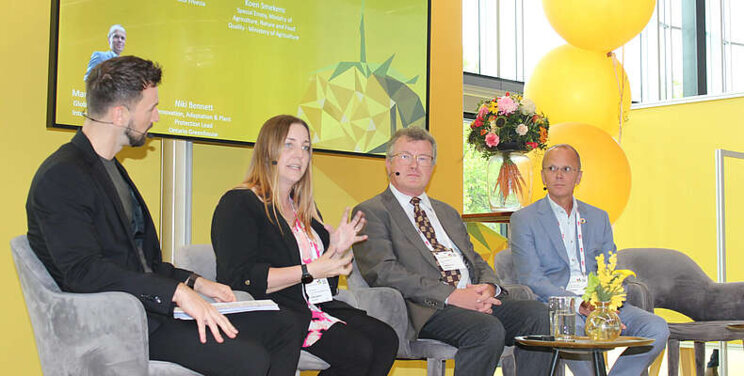Keys to encourage long-term investment on fossil-free energy
Added on 28 August 2022

This was one of the resounding messages to emerge from 'The future of growing fossil free' - a key discussion that took place at the Vision Theatre at GreenTech Amsterdam on Tuesday, June 14 (2022).
Combined Heat and Power in Pole Position
Panellists Koen Smekens - energy, climate, and air pollution consultant at The Netherlands' independent research organisation TNO, Martin van der Hout - consultant engineer for the International Geothermal Association, and Niki Bennett - innovation, adaptation and plant protection lead for Ontario Greenhouse Vegetable Growers (OGVG), noted that the current high energy prices are making it notably difficult to move away from the energy-efficient and cost-effective system of combine heat and power (CHP).
Smekens said: "CHP has a triple function for the whole sector and that puts it in a very, very strong position. So, the challenge to become gas free for the sector is quite big."
CHP sees natural gas converted into electricity - the excess of which can be sold to the local electricity grid. It also creates heat, which is used to warm the glasshouse, and carbon dioxide (CO2) - which enriches the crops.
Smekens noted that The Netherlands' subsidy schemes - designed to encourage investment in sustainable energy systems - worked well at a time when the gas prices were quite low but are currently less appealing due to the high costs of investing in sustainable energy systems.
Continue reading.
Courtesy of GreenTech
Source: GreenTech
More news















